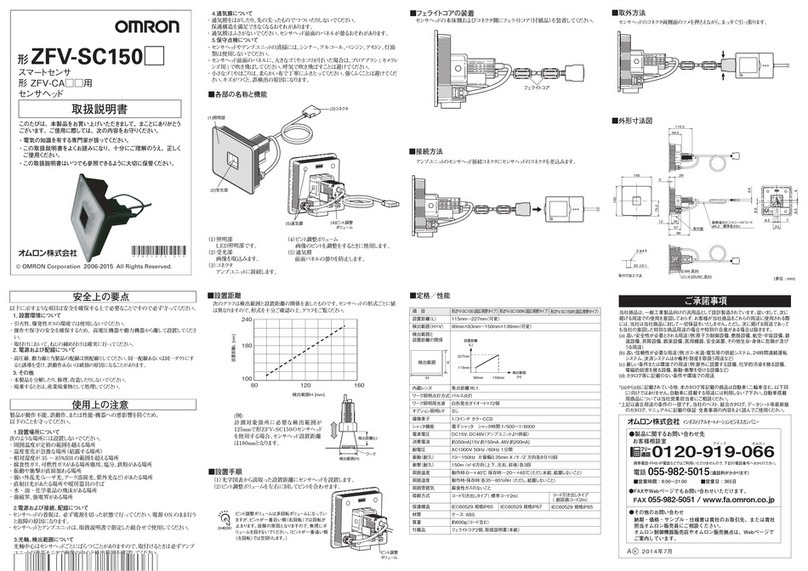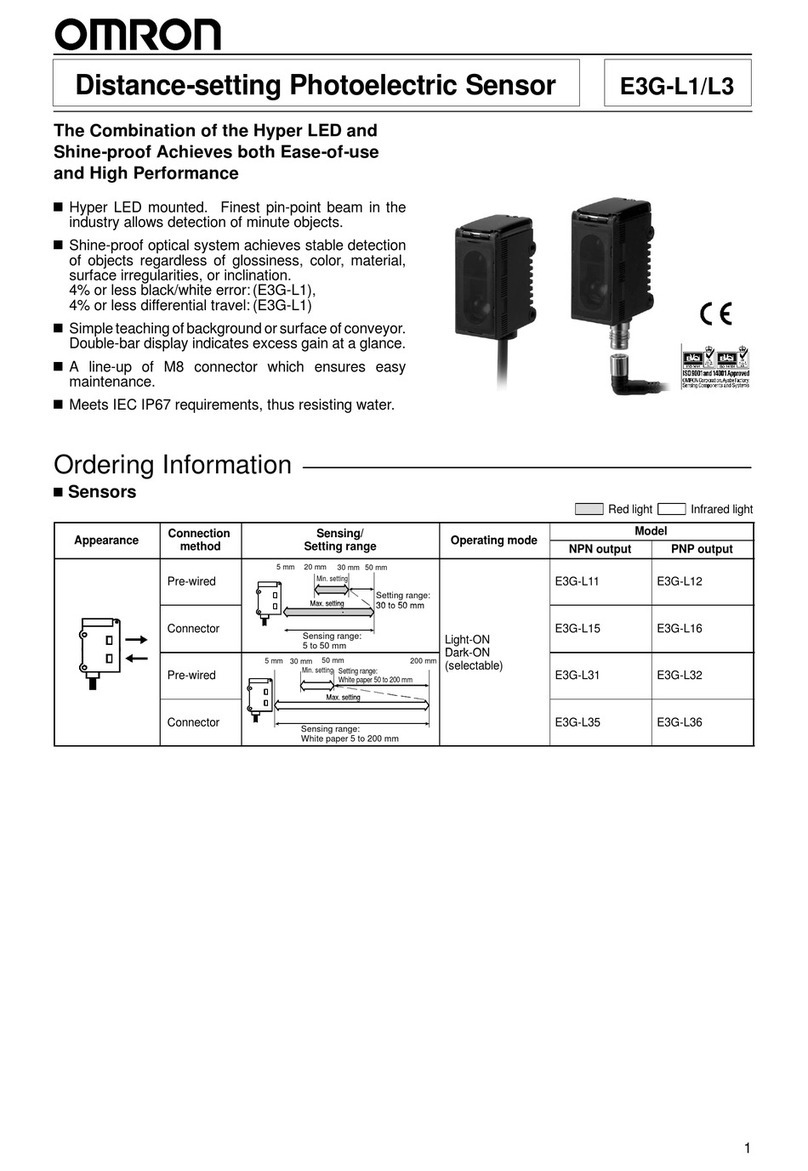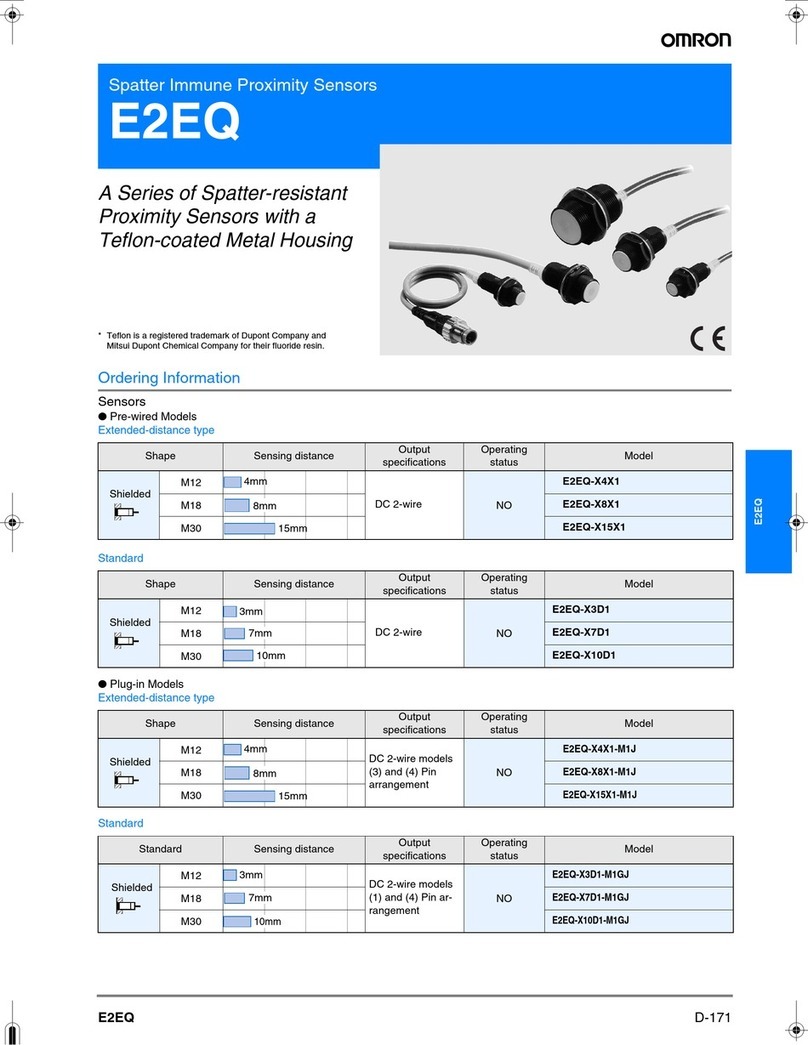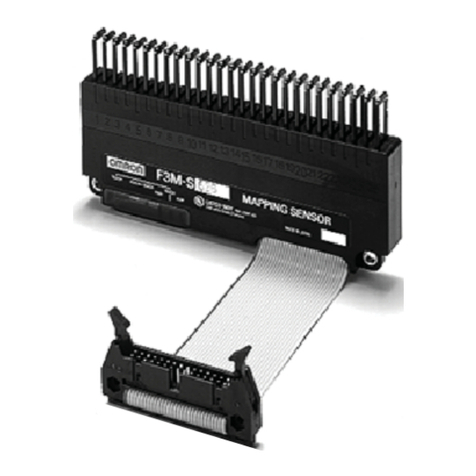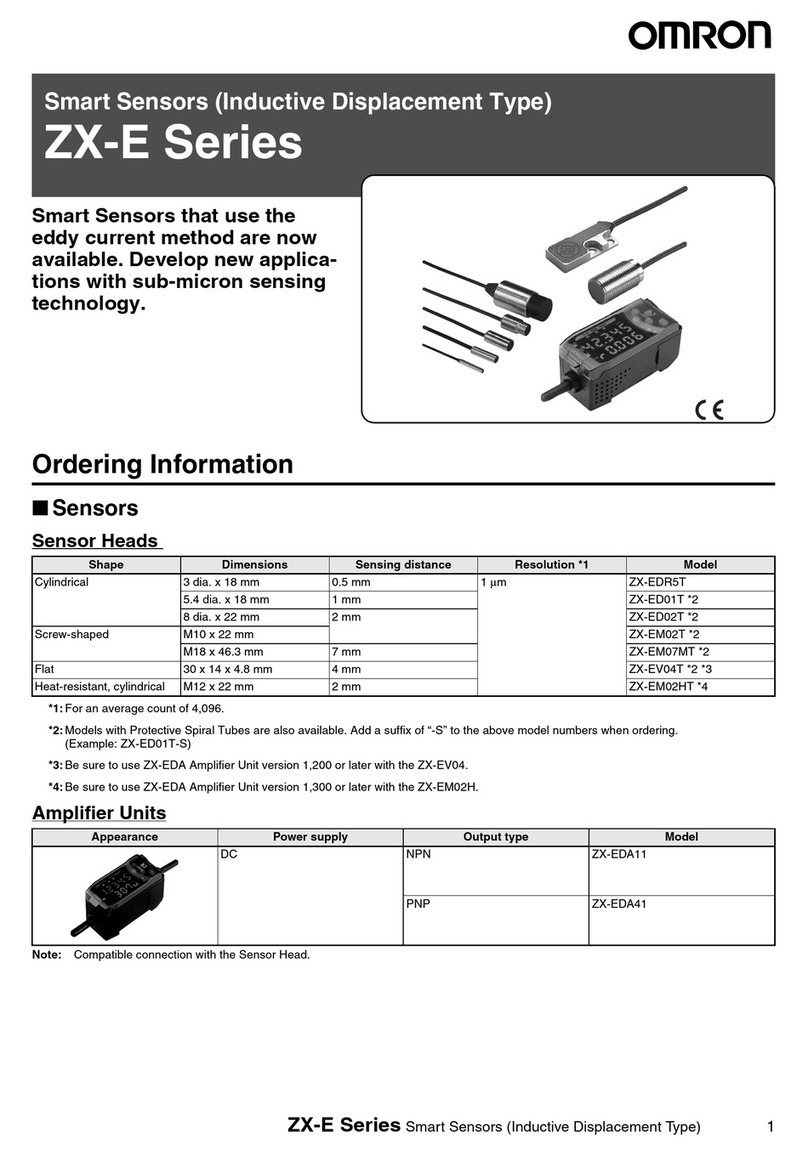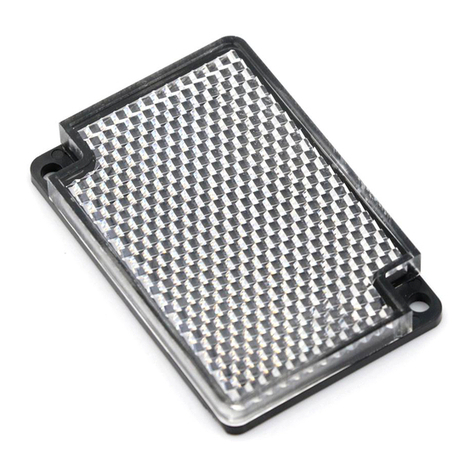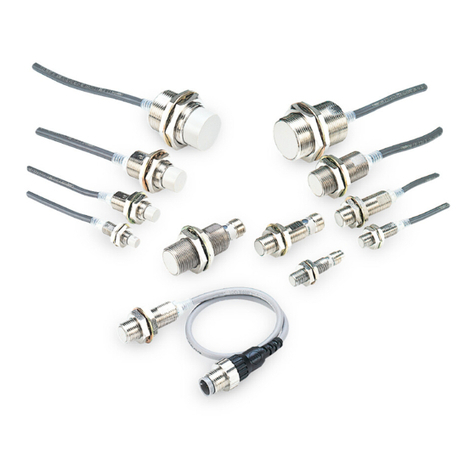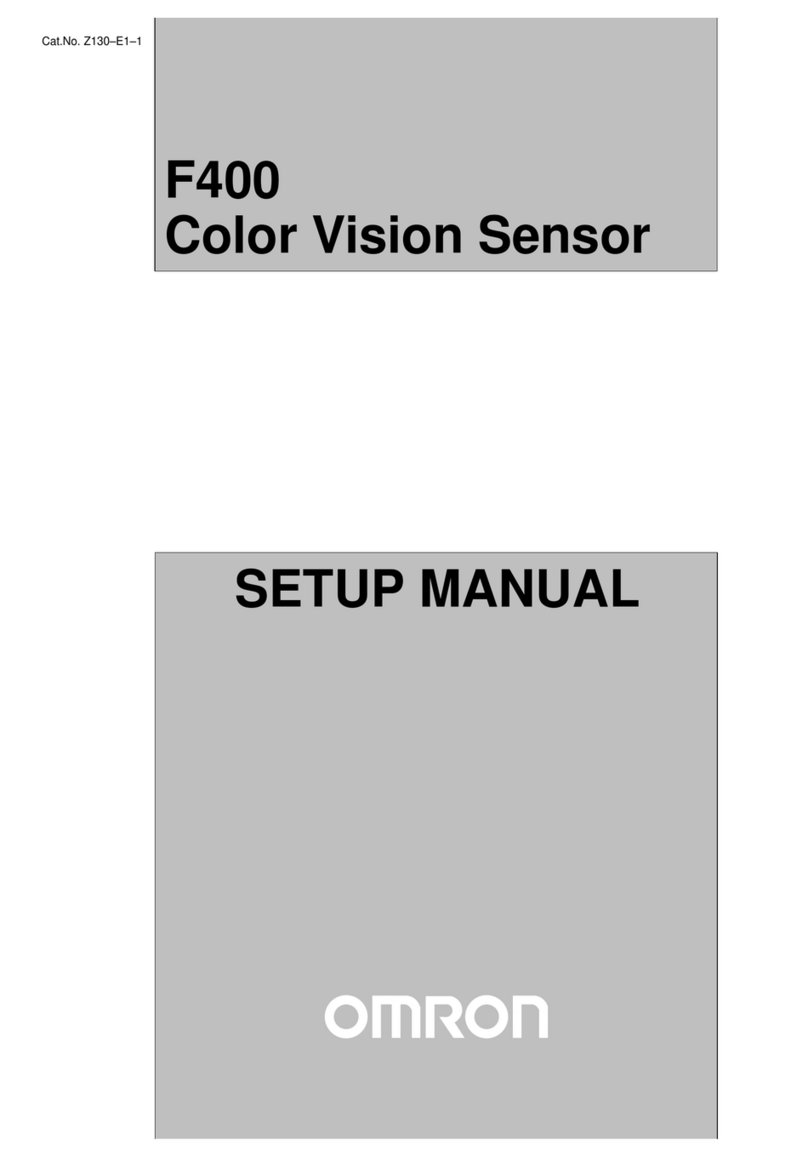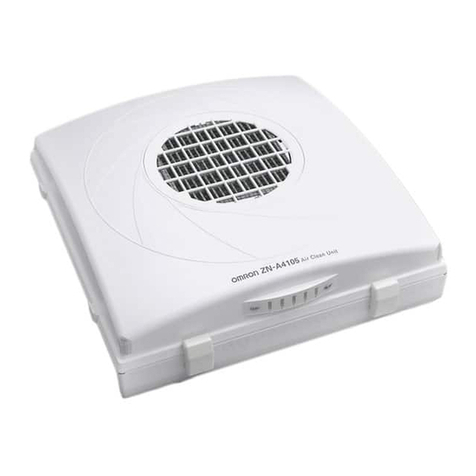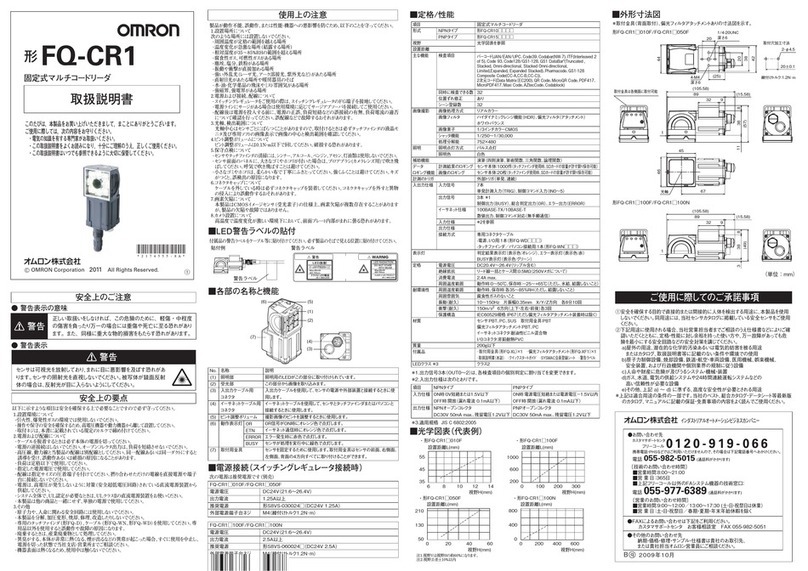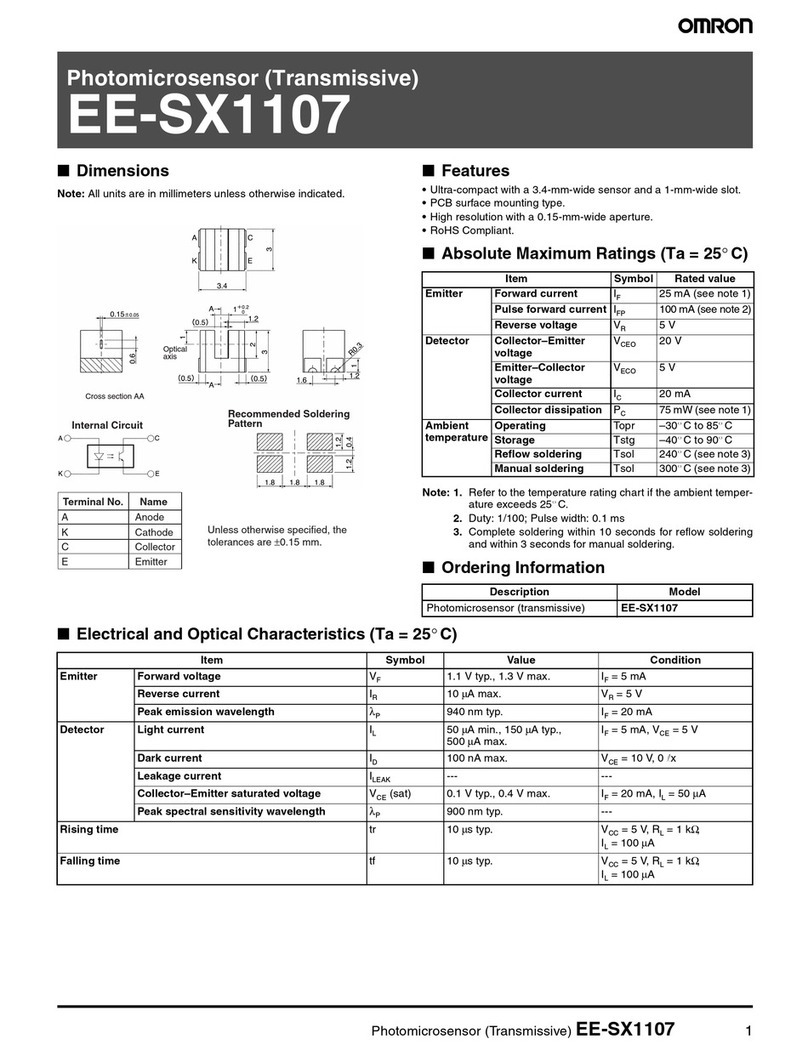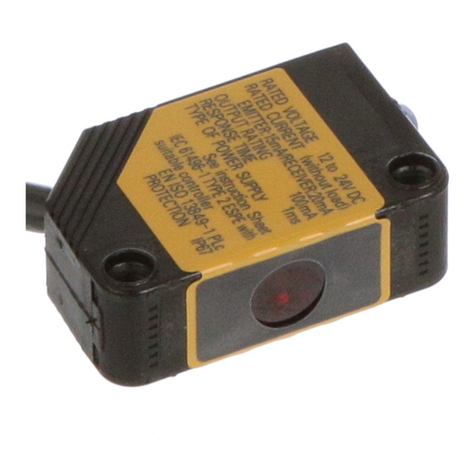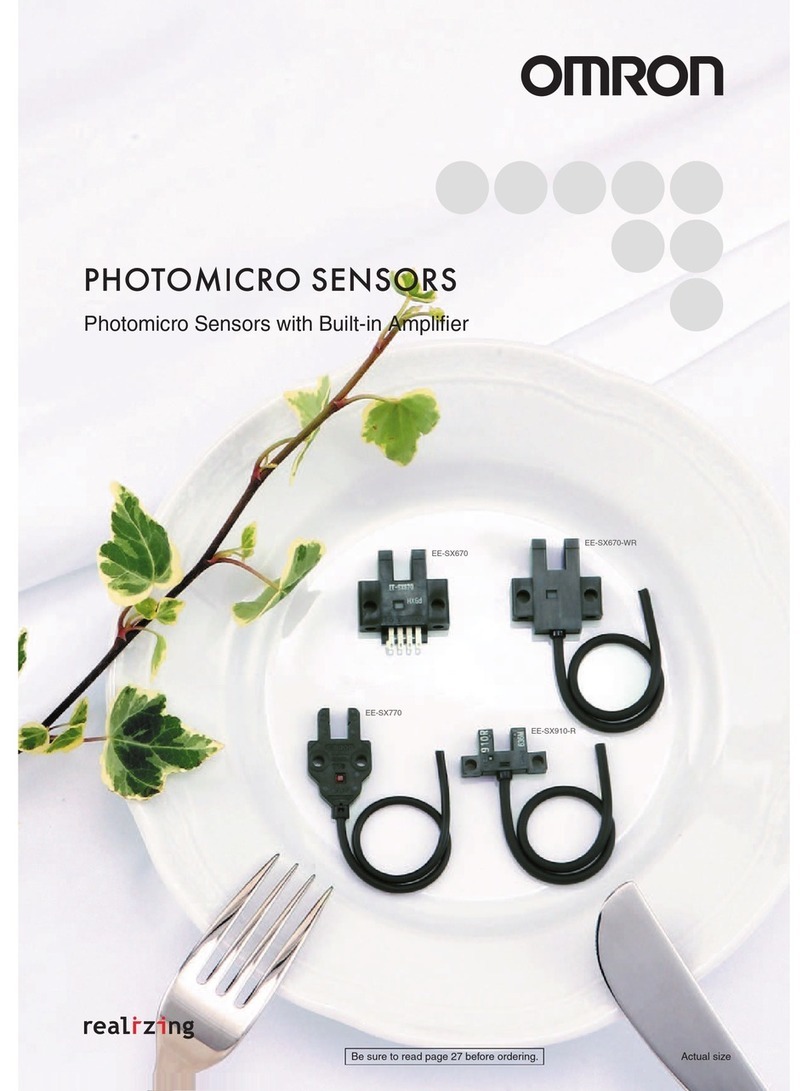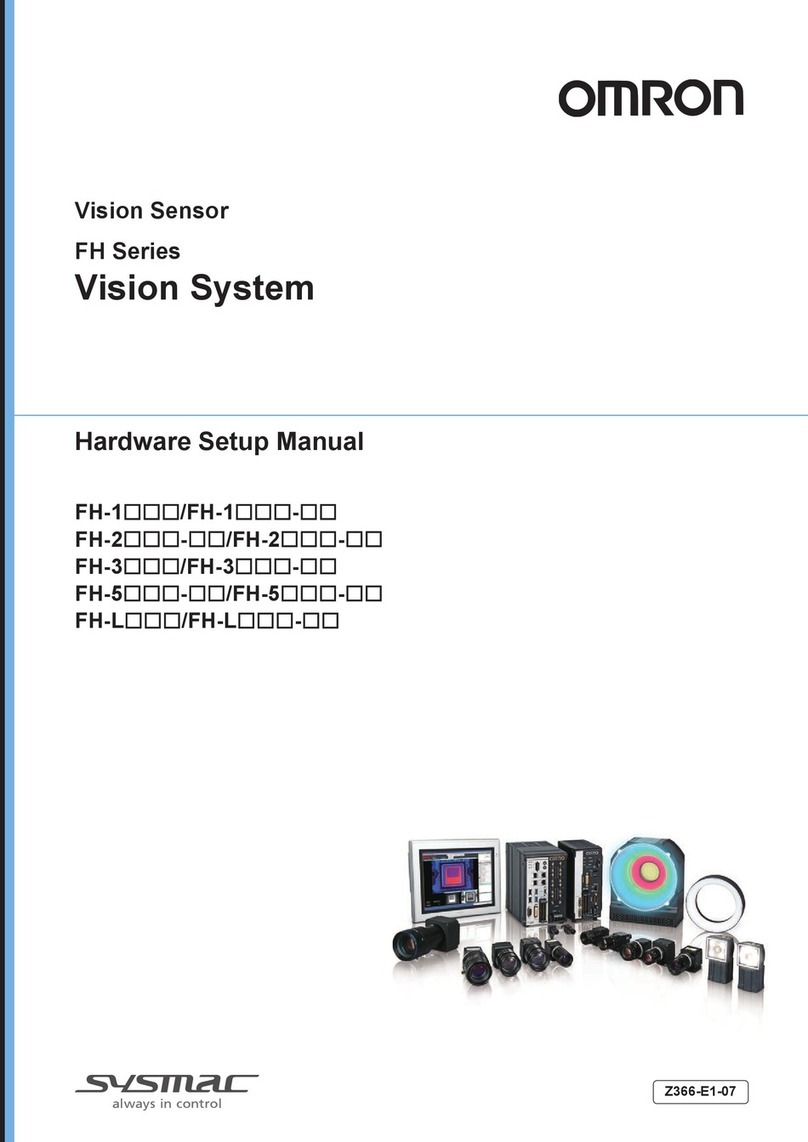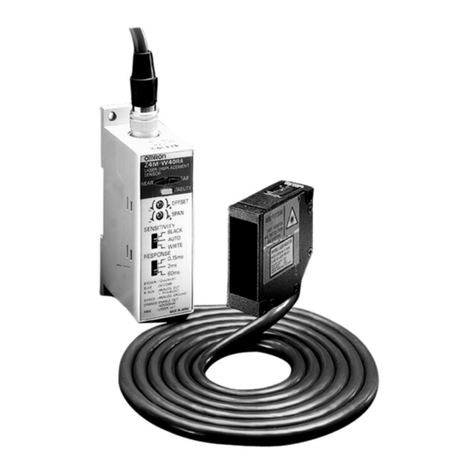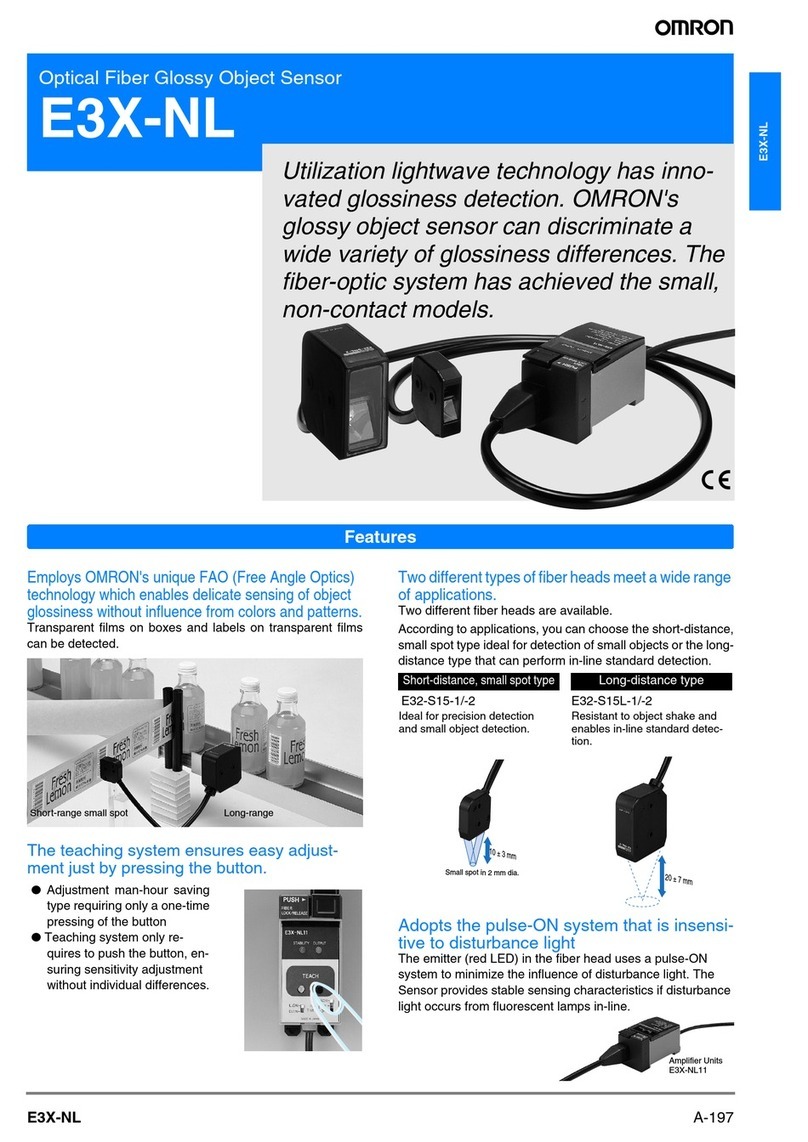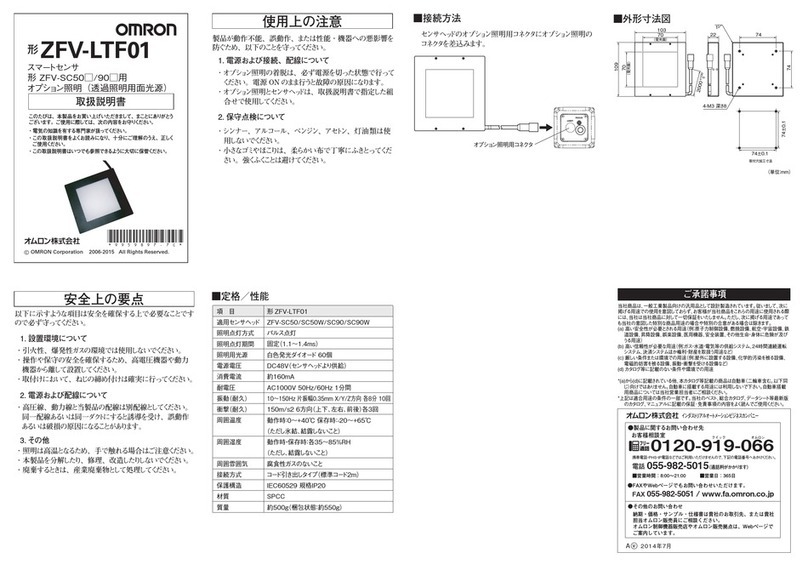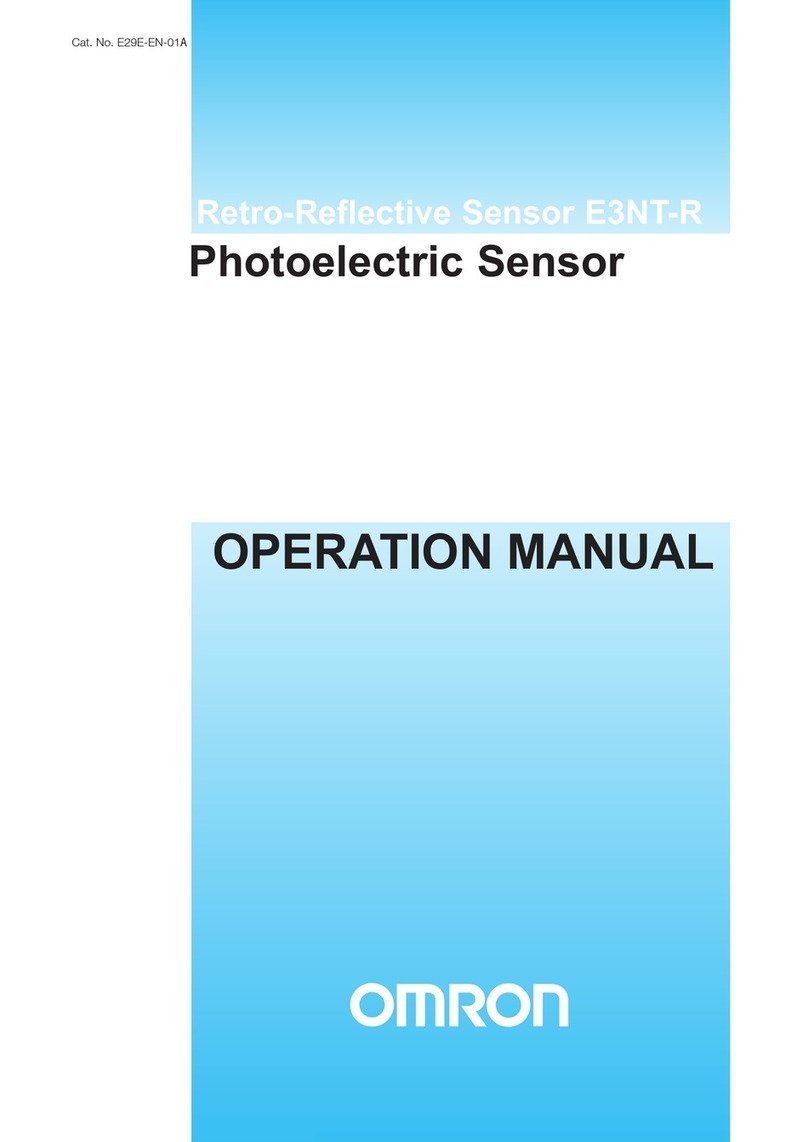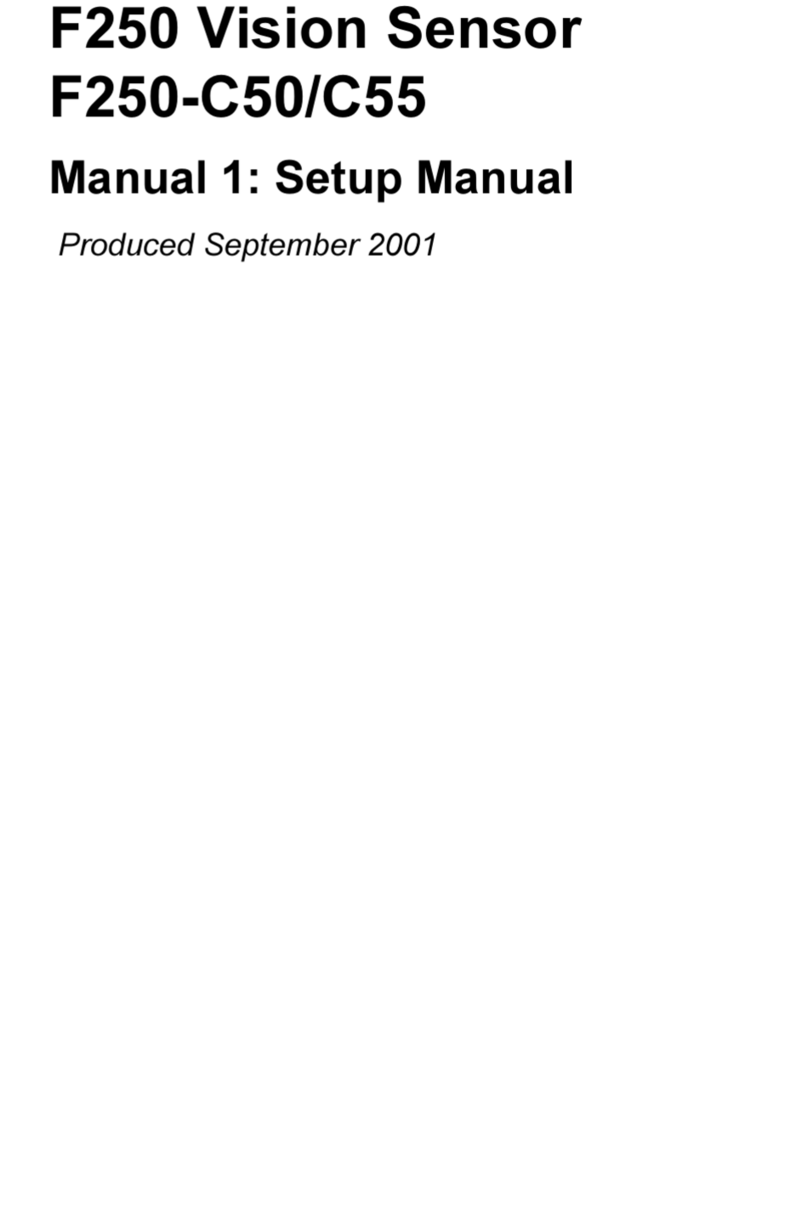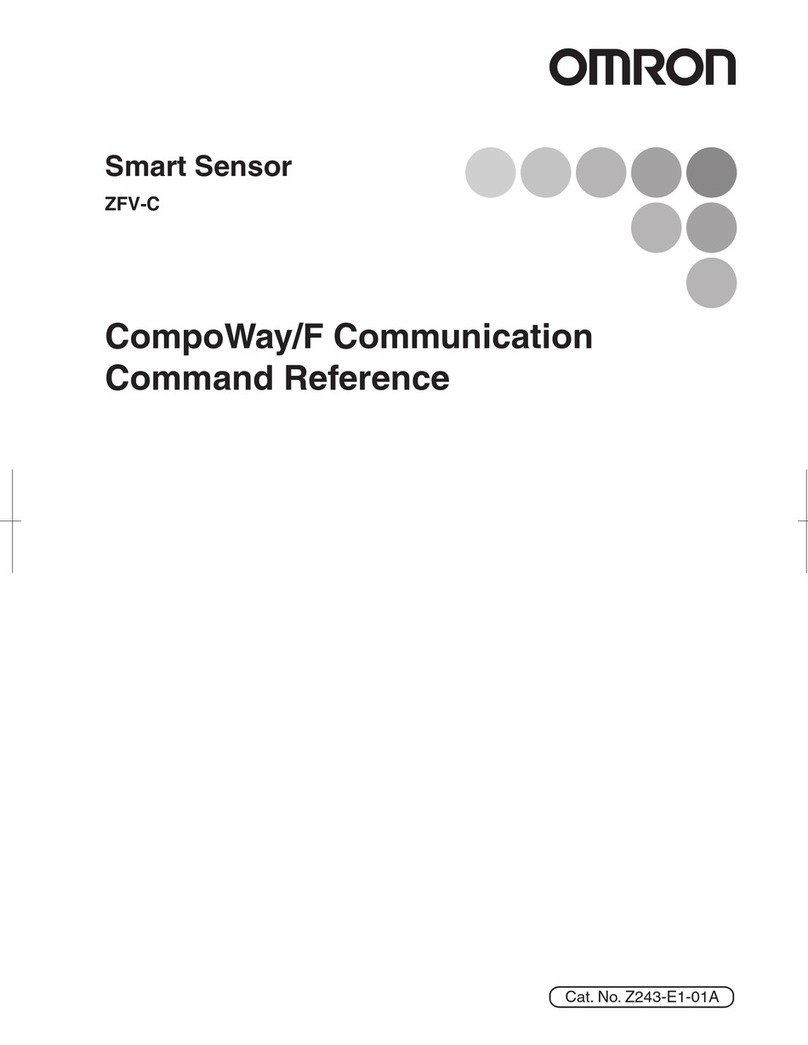
1 D6F-series MEMS Flaw Sensor User’s Manual (A286)
INDEX
1OUTLINE........................................................................................................................................ 2
2WHAT IS A FLOW SENSOR?....................................................................................................... 2
3STRUCTURE ................................................................................................................................. 2
3.1 BASIC COMPOSITION OF FLOW SENSORS.................................................................................... 2
3.2 FLOW SENSOR PRODUCT LINEUP .............................................................................................. 3
4OPERATING PRINCIPLE.............................................................................................................. 4
4.1 BASIC STRUCTURE OF MEMS FLOW SENSOR CHIP..................................................................... 4
4.2 DETECTING PRINCIPLE OF MASS FLOW SENSOR.......................................................................... 6
5PRODUCT FEATURES ................................................................................................................. 7
5.1 CHARACTERISTICS OF FLOW SENSORS ...................................................................................... 7
5.1.1 Detection range of flow sensors...................................................................................... 8
5.1.2 Output signal (operating characteristics)......................................................................... 8
5.1.3 Permission pressure performance .................................................................................. 9
5.1.4 Repeatability.................................................................................................................... 9
6USAGE OF FLOW SENSOR ........................................................................................................ 9
6.1 ELECTRICAL CONNECTION......................................................................................................... 9
6.2 PORT STYLE AND INSTALLATION METHOD.................................................................................. 10
6.2.1 Screw type..................................................................................................................... 10
6.2.2 Quick fastener type........................................................................................................ 10
6.2.3 Manifold mount type .......................................................................................................11
6.2.4 Bamboo type.................................................................................................................. 12
6.3 ATTENTION FOR PIPING AND CONNECTION ................................................................................ 13
6.3.1 Cleanup of the inflow gas .............................................................................................. 13
6.3.2 Stabilization.................................................................................................................... 13
6.3.3 Measurement of high flow ............................................................................................. 13
6.3.4 Consideration of the laminar flow.................................................................................. 14
6.4 THE INFLUENCE OF ENVIRONMENT ........................................................................................... 14
6.4.1 Temperature characteristics .......................................................................................... 15
6.4.2 The influence of dust ..................................................................................................... 15
6.4.3 The influence of pressure and temperature .................................................................. 16
6.4.4 The influence of the mounting direction ........................................................................ 16
6.4.5 Output changes in various gases.................................................................................. 17
6.4.6 The behavior in over flow rate range............................................................................. 17
6.4.7 The influence of humidity .............................................................................................. 17
6.5 APPLICATION EXAMPLE............................................................................................................ 18
7GLOSSARY ................................................................................................................................. 19
8WARRANTY AND LIMITED LIABILITY...................................................................................... 21
